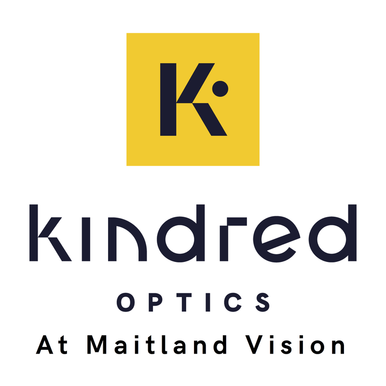|
At this time, most of the research surrounding glaucoma (primary open angle) indicates that damage to the optic nerve is related to either elevated IOP, vascular dysregulation, or a combination of the two.
Our treatment protocols for maintaining vision and slowing the progression of glaucoma have always centered around reducing IOP (Intra-ocular pressure). This reduction in IOP is usually accomplished with drops, laser, or in the most advanced cases surgery. I was soooo excited (for a few reasons below) when I came across the article in the Ophthalmology section of JAMA (March 2016, Vol 134:3) entitled "Association of Dietary Nitrate Intake With Primary Open-Angle Glaucoma A Prospective Analysis From the Nurses’ Health Study and Health Professionals Follow-up Study." 1. In all of the training I've been through, I've never heard of any reduced risk or protection for glaucoma based on dietary recommendations (and I trained with some of the nation's top glaucoma gurus at the VA as well as NOVA SouthEastern University). 2. As a nutritionally conscience person, I'm so happy to see evidence continuing to accumulate for a leafy-green heavy diet. 3. Finally, now I have some nutritional advice I can offer those suffering from Glaucoma that may actually lower their risk of losing central vision along with the IOP medications we prescribe. In a nutshell, the author's who reviewed specific characteristics of the longterm landmark NURSES' Health Study found that the more Leafy greens you eat, the lower your risk of glaucoma, and specifically the lower your risk of central vision loss from glaucoma. We aren't just talking a small decrease in risk here either, we are talking large statistical drops of 20-30% for POAG (Primary Open Angle Glaucoma) and nearly a drop of 40-50% for those with paracentral visual field loss at diagnosis. The gist of this is due to the amazing way your body and eyes work in the presence of good leafy stuff. Leafy greens are chock full of naturally occurring nitrates, which get converted in your body to nitric oxide through very elaborate biochemical pathway that people smarter than I understand. The Nitric Oxide molecules dilate blood vessels, allowing for increased tissue oxygenation to occur. This increase in oxygenation helps to protect the small tiny blood vessels that feed your optic nerve tissue, thus slowing or inhibiting part of the damaging processes that occur during glaucoma. Wait a minute, aren't nitrates bad for you? Well, if you do some Dr. Google research you'll find that sodium nitrites (normally found in preserved meats like hot dogs, jerky, etc) are potentially carcinogenic, however these synthetic nitrites behave very differently from those naturally occurring forms of nitrates that are found in vegetative matter. Though they sound the same, they aren't. Natural Nitrates = Good Synthetic Nitrites = Bad Let's not forget the copious amount research indicating the protective function of leafy greens and macular degeneration either (another post for another day : ). If able, we all could benefit from more leafy greens (those on blood thinners may not be able to, so ask your pcp or cardiologist if this applies to you). In short, eating lots of green vegetation is the best nutritional thing you can do for your eyes. This simple dietary advice will help you lose weight and reduce your risk of developing glaucoma, one of the world's top causes of incurable blindness. Unsure if you have glaucoma, or haven't been checked recently? Call our office at 407 647 2020 to schedule an appointment!
5 Comments
|
Ryan Schott, ODMaitland Vision Center Archives
October 2019
Categories |
Location |
|

 RSS Feed
RSS Feed